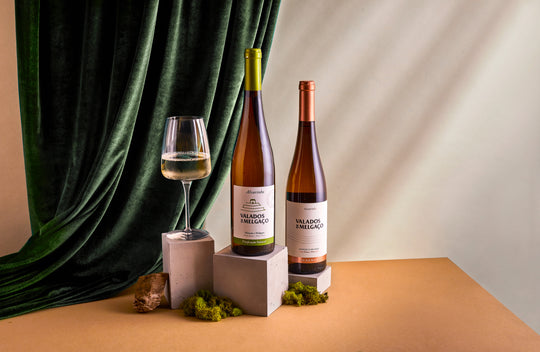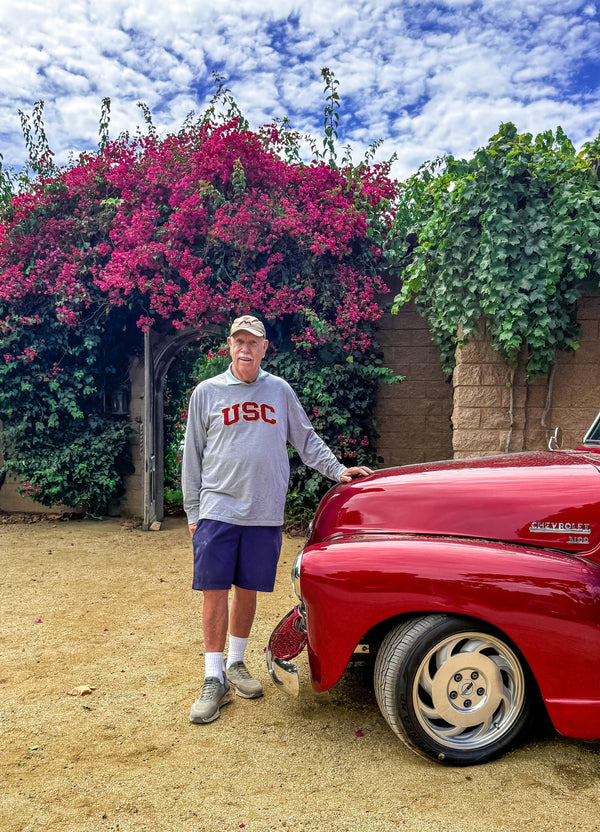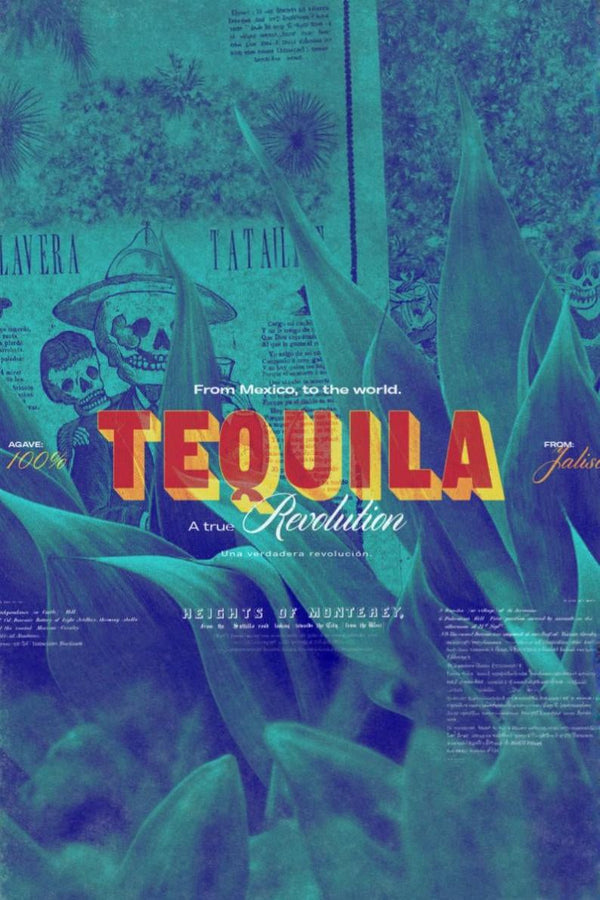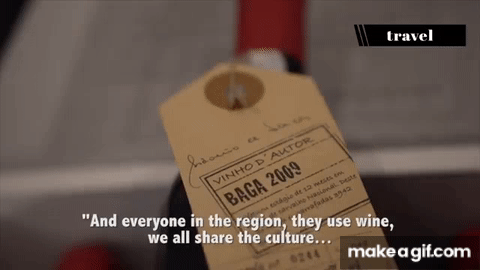From Finca to Fine Dining: The Wild Ride of Tequila’s Glow-Up

Once upon a time, tequila was the stuff of questionable decisions and salt-rimmed regrets. It was the liquid courage behind karaoke disasters and the mysterious texts you sent at 2 a.m. But somewhere between the frat house and the four-star restaurant, tequila got a glow-up. Like, a serious one. We're talking from "shots! shots! shots!" to "Would you care for a splash of extra añejo with your foie gras?"
So, how did this humble agave spirit go from backyard barbecues to the tasting menus of Michelin-starred establishments? Buckle up, amigos, because we're about to take a spirited journey through the evolution of tequila—from its rustic roots to its ritzy renaissance.
Chapter 1: Humble Beginnings—Agave, Sweat, and a Whole Lot of Heart
Long before tequila became the darling of mixologists and collectors, it was the lifeblood of small Mexican fincas (farms). Picture this: sun-soaked fields in Jalisco, jimadores (agave farmers) wielding coa de jima (a specialized harvesting tool), and piñas (agave hearts) being roasted in earthen pits. It was a labor of love, tradition, and, let's be honest, a fair amount of backbreaking work.
These early tequilas were rustic, robust, and unapologetically agave-forward. They were sipped slowly, often during community gatherings or after a long day's work. No fancy glassware, no celebrity endorsements—just pure, unadulterated spirit.
Chapter 2: The Party Phase—Tequila Goes Global (and Gets a Bit Rowdy)
Fast forward to the late 20th century, and tequila found itself in the international spotlight. Unfortunately, it wasn't always the good kind of attention. Mass production led to a flood of mixto tequilas (those made with less than 100% agave), often resulting in harsh flavors and even harsher hangovers.
Tequila became synonymous with spring break shenanigans, body shots, and that one friend who always insisted, "One more won't hurt!" It was the life of the party, sure, but it wasn't exactly being invited to the dinner table.
Chapter 3: The Awakening—Craftsmanship Makes a Comeback
As the 21st century dawned, a new generation of producers began to reclaim tequila's heritage. They looked back to traditional methods—brick ovens, tahona wheels, and open-air fermentation—and forward to a future where quality trumped quantity.
Brands like Fortaleza and El Tesoro led the charge, emphasizing authenticity and terroir. They reminded us that tequila wasn't just a party trick; it was a complex, nuanced spirit worthy of respect.
Chapter 4: The Premiumization—Tequila Puts on a Tuxedo
With craftsmanship back in vogue, tequila began to climb the social ladder. Enter the era of premium and ultra-premium tequilas. Think aged expressions like reposado, añejo, and extra añejo, often resting in oak barrels for years, developing deep, sophisticated flavors.
Suddenly, tequila was being compared to fine whiskies and cognacs. Collectors sought out limited editions, and connoisseurs debated the merits of highland versus lowland agave. The price tags soared, but so did the prestige.
Chapter 5: The Celebrity Effect—Stars, Bottles, and Big Bucks
Nothing says "you've made it" like a celebrity endorsement—or better yet, ownership. George Clooney's Casamigos, Dwayne "The Rock" Johnson's Teremana, and Kendall Jenner's 818 brought tequila to the Instagram generation. While purists debated authenticity, there's no denying that these brands introduced tequila to a broader audience.
And let's not forget the luxury market. Clase Azul's ornate bottles became status symbols, and limited releases fetched thousands of dollars. Tequila wasn't just a drink; it was a lifestyle.
Chapter 6: The Innovation—Barrels, Blends, and Beyond
As tequila matured (both literally and figuratively), producers began to experiment. Aging tequila in wine barrels? Sure. Infusing it with unique flavors? Why not? The goal was to push boundaries while honoring tradition.
Brands like Código 1530 and Calirosa led the way, offering tequilas aged in Cabernet Sauvignon barrels, adding layers of complexity and attracting wine enthusiasts to the agave world.
Chapter 7: The Sustainability Shift—Green Agave and Eco-Friendly Practices
With great popularity comes great responsibility. The tequila industry faced challenges: agave shortages, environmental concerns, and the risk of losing traditional methods to mass production.
In response, many producers embraced sustainability. From organic farming to waste reduction and community engagement, the focus shifted to preserving both the land and the legacy. After all, what's a premium tequila without a planet to enjoy it on?
Chapter 8: The Present—Tequila Takes Its Seat at the Table
Today, tequila has earned its place among the world's finest spirits. It's no longer confined to shots and margaritas (though we still love those). It's being sipped neat, paired with gourmet dishes, and celebrated for its diversity and depth.
From the smoky notes of a well-aged añejo to the bright, peppery kick of a blanco, tequila offers something for every palate. It's a testament to the spirit's resilience, adaptability, and undeniable charm.
Final Thoughts: A Toast to Tequila's Journey
Tequila's transformation from humble finca to haute cuisine is nothing short of remarkable. It's a story of tradition, innovation, and a whole lot of heart. So, the next time you raise a glass of this golden nectar, remember the journey it's taken—and maybe, just maybe, savor it a little longer.
Salud! 🥂










